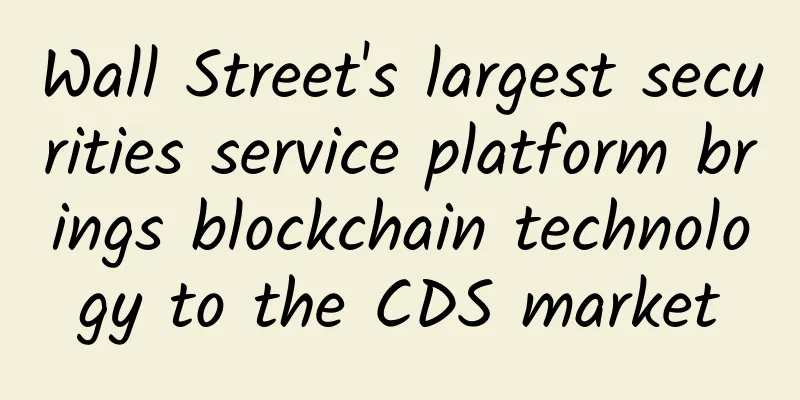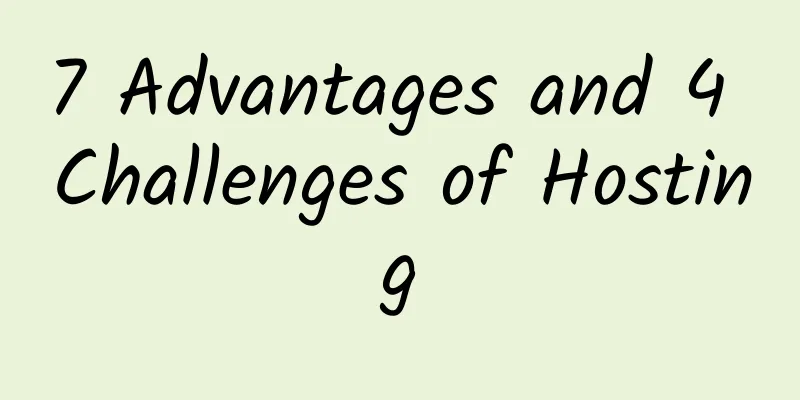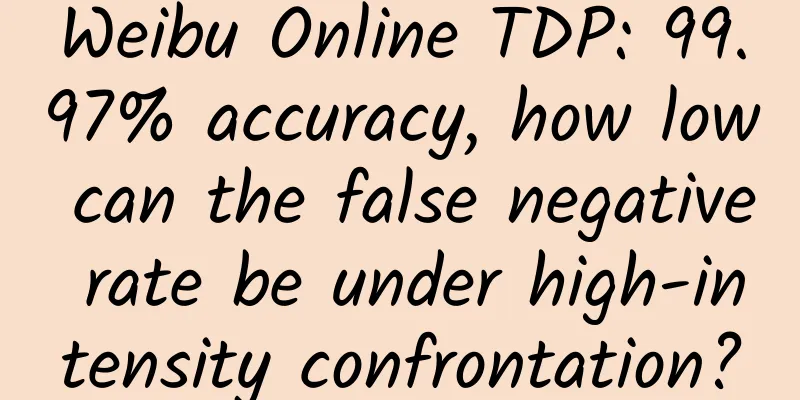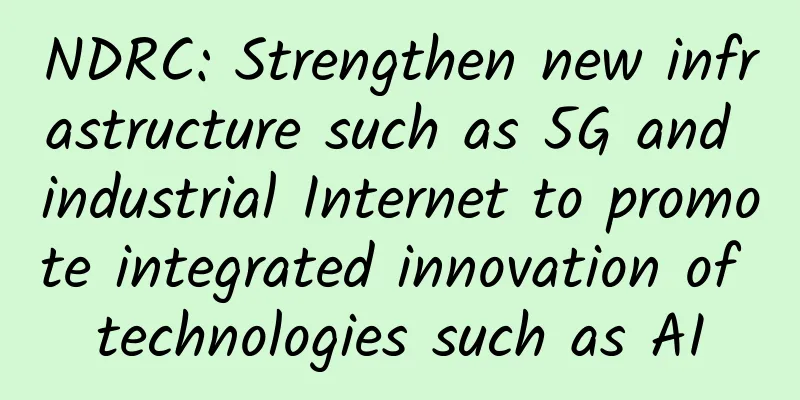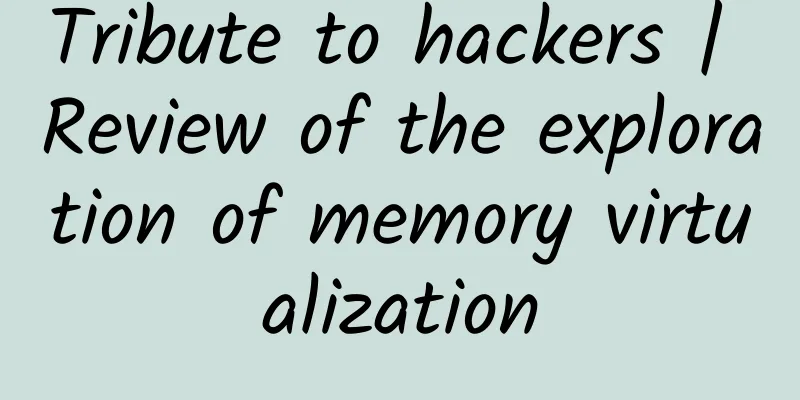Whether to adopt blockchain is always a matter of choice
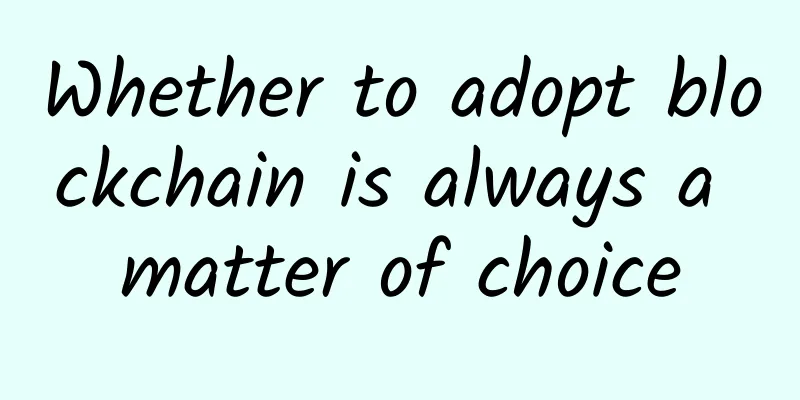
|
Blockchain is currently a technology that has attracted the attention of the industry. Some people believe that blockchain will be able to break through existing industries and even change the world. The advantages of blockchain include reducing costs, risks and capital requirements, while also increasing transaction speed, transparency and reliability, and improving privacy and security. Blockchain is an intelligent peer-to-peer network that uses a distributed database to identify, disseminate and record information. It is also called the Internet of Value. Each blockchain platform has a so-called scheme for verifying and recording transactions. These schemes help ensure the security and immutability of each entry. Blockchains can be public or private, and each blockchain has obvious advantages and limitations.
The traditional way to manage data is with centralized databases, which is the main alternative to blockchain. These databases can be relational, such as Oracle, SQL Server; or unstructured, such as Hadoop, MongoDB. Both types have high performance, robustness and scalability, and are the default choice for many enterprise data management use cases in the short term. To be sure, blockchain will impact all industries. While blockchain offers numerous benefits, there are limitations that cannot be ignored while enjoying these benefits. There is no one-size-fits-all best way to deploy blockchain as an ideal solution to every data problem. In the right circumstances, blockchain can be transformative, but without a thorough adoption plan, it can also be a hindrance to enterprise adoption. Like most technology decisions, the introduction of blockchain also requires enterprise evaluation. This article will focus on the impact of blockchain on enterprise data or transaction management, because this is the key factor in weighing blockchain and other solutions. The following are the factors that enterprises should pay attention to when evaluating blockchain for central databases: Does not guarantee a higher level of enterprise security The structural security and immutability of blockchain have been widely discussed and verified in the industry, and seem to have advantages over traditional data storage. The security issues of blockchain systems are attributed to the applications running on the blockchain rather than the architecture itself. Hybrid architectures that use blockchain combined with powerful relational databases appear to be more feasible. But application and user-level vulnerabilities may reduce the security improvements of blockchain. In many organizations, the biggest vulnerabilities may be poorly designed applications, phishing attacks against untrained users, or unupdated firmware on edge devices. In these cases, blockchain can provide some advantages, but it does not improve the security of the entire system. After all, it doesn't matter how strong the lock is on the door if the window is wide open. Advantages: Blockchain has structural security advantages, but only potentially improves overall security. It may not necessarily increase transaction speed Blockchain has been revealed to be used in multiple real-time transaction demand use cases from the Internet of Things to communications, however, today many public blockchains running Proof of Work (PoW) or Proof of Stake (PoS) have far fewer transactions per second than traditional financial systems. Private blockchains may be faster than public blockchains, but are usually slower than enterprise databases. On the other hand, digitization in blockchain can provide orders of magnitude improvements in the speed of complex multi-stakeholder medical care. Faster transactions are not achieved by technology alone, but by new processes that leverage the architecture and capabilities of blockchain, such as transparency, immutability, and traceability. Smart contracts can further increase transaction speeds for programmable rule interactions, but the inputs to the rules must be trusted by all parties and accessible online. Advantages: From a technical perspective, centralized databases are faster, but new architectures and processes that leverage blockchain capabilities can improve certain types of transactions. Stewardship and governance remain important Before implementing blockchain, enterprises must determine how to manage the solution in the long term. The emerging blockchain industry remains fragmented, with a wide range of platforms and vendors. Even early leaders like Bitcoin are still in flux, creating inherent risks of divergent opinions on design decisions and platform direction. Governance is another key issue, especially where control of the platform and its underlying data is held by a wider range of stakeholders or the public. Flowcharts provided by IEEE, IACR, and others can help determine whether a blockchain is needed based on trust and access requirements. But even if it is needed, there are still many questions: Who will fund and own the platform and the data? Who can ensure that it can continue to meet changing requirements? Who will be responsible for upgrades and maintenance? The parties responsible for writing to the blockchain and verifying transactions cannot guarantee its continued relevance. Advantages: Even if liability is transferred to a trusted third party or the public, management and control are still important, and in many cases a relational database will be a safer choice. Maintenance and support cannot be neglected Related to the issue of management, organizations must consider maintenance when evaluating the viability of any technology. For blockchain, a fragmented platform landscape means limited support for any particular platform, and no guarantee that a provider will be around. The support landscape, which includes strategic consultants, system integrators, and managed service providers, has also had a shorter development time. Internal talent is hard to find, which is particularly important given the inherent complexity of blockchain. This is a stark contrast to the decades of experience of traditional database vendors such as Oracle and Microsoft. 0A centralized database, whether structured or unstructured, seems to have a much lower maintenance risk than a blockchain solution. Scalability is a key challenge to solve With the prevalence of cloud computing and virtualization, current centralized databases can scale almost infinitely. Scaling remains a huge challenge for blockchain platforms. Much has been written about Bitcoin’s massive energy requirements, and even proof-of-stake schemes may have issues at scale as the blockchain grows larger with every transaction. As the size of the blockchain and the volume of transactions increase, storage, network, and computational limitations will be magnified. Permissioned blockchains with alternative consensus mechanisms and lower computational requirements may solve this problem to some extent, although this will affect trust and transparency and may reduce blockchain's most attractive features. The Hyperledger Performance and Scalability Working Group announced in June that the scalability challenge has not been solved. The solutions proposed for scaling blockchains are complex and beyond the scope of this article. Needless to say, enterprises should be cautious when building data management infrastructure on blockchains, as its future growth path is not yet clear. Advantages: Blockchain’s energy costs and storage requirements, along with the uncertainty that accompanies any emerging technology, make it a far less scalable solution than existing databases. Costs worth considering The cost of blockchain relative to centralized databases is controversial and unproven. Some industry observers believe that blockchain can reduce costs compared to the huge licensing and support fees charged by database giants such as Oracle. One notable example is the Depository Trust & Clearing Corporation (DTCC) moving its credit default swap platform to a permissioned blockchain, which is expected to save 20-30% over the existing architecture. On the other hand, the business case for blockchain must consider the large number of potential costs beyond hosting, licensing, and implementation. Hiring or outsourcing talent to maintain the system may be significant, and energy costs may rise significantly as transaction volume increases. On top of that, a buffer for unknowns should be added, and a complexity premium may also be considered. Whenever possible, a small-scale prototype or proof of concept should be conducted to validate the expected cost savings over existing systems. Advantages: The full cost to an enterprise of maintaining a blockchain is still unknown. The bottom line on blockchain What does blockchain mean for decision-makers considering future data or transaction architectures? The potential of blockchain invites leaders to invest in the technology, with a focus on evaluating its trade-offs and features for specific scenarios. In short, risks and rewards should be clearly understood before critical systems migrate to blockchain. However, the new opportunities blockchain brings should not be ignored at the same time. If budgets and expertise allow, experimentation is an attractive way to avoid falling behind in blockchain technology. Prototypes and iterations can be effective tools for measuring value without putting joint data at risk, and participating in syndicates or other partnerships can be another way to test the blockchain waters. These incremental evolutions can delay significant investment until the technology and business environment mature and the potential benefits become clearer. |
<<: Industry hot spots of data center in 2018
>>: What is fog computing and how does it relate to the Internet of Things?
Recommend
Comparison of operating data in November: Which of the three major operators has better data?
Recently, the three major operators have announce...
[11.11] OneTechCloud VPS monthly payment 30% off starting from 18 yuan/month, Hong Kong CN2&CMI/US CN2 GIA&9929/High defense optional
OneTechCloud also launched a promotion during the...
Halfway through 2020: my country's 5G users exceed 100 million
Although we have not yet completely gotten rid of...
What is blockchain and what impact does it have on data centers and cloud computing?
Today, more and more applications are causing the...
Smart Manufacturing: Ensuring a Smart Future for Manufacturing
Smart manufacturing has the potential to improve ...
What is the difference between SNMP Trap and Syslog?
System administrators use Syslog or SNMP Trap for...
5G makes IP network a trillion-dollar market, and 8 years of network upgrades have been hard on operators
Through the concentrated bombardment of media pro...
5 Things That Can Slow Down Your Wi-Fi Network
Wi-Fi networks can be slow due to the use of olde...
Actual measurement: What is the relationship between the router antenna direction and Wi-Fi signal?
Recently, I saw a discussion on the Tieba forum a...
Ethernet Packet Architecture
[[352785]] 01Overview The term Ethernet generally...
2017Q1 China Wireless Router Market Research Report
With the popularity of WiFi and mobile devices, w...
How online help documents/user manuals can help companies better understand their users
Did you know that every negative review you recei...
What exactly does edge computing mean?
The word "edge" has been given a new de...
US media: The US military is accelerating the launch of 5G military testing
[[376018]] On January 7, the website of the U.S. ...
How fast is Starlink's internet speed? Foreign netizens tested it
Starlink, the satellite internet service provider...



